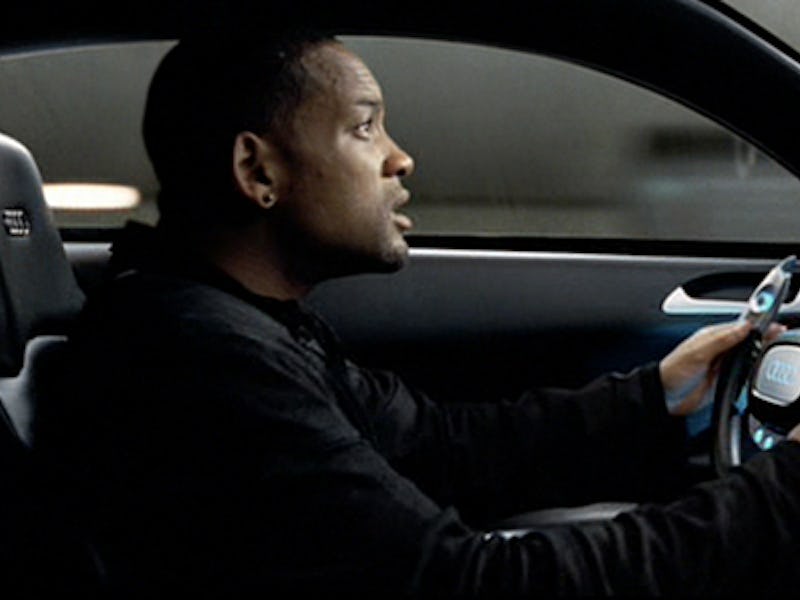Humans Suck at Taking Over for Autonomous Cars and That Needs to Change

Soon, your car will be a much better driver than you are. But sometimes even the best A.I. chauffeur will have to surrender the wheel to a human driver, and that’s where things get tricky.
A new paper published Tuesday in the first issue of the journal Science Robotics explains what happens when an autonomous car cedes control to a human driver, and proposes some solutions for making the robot-human handoff safer for everyone involved.
The paper notes that human drivers struggle to steer properly when taking back control from an autonomous system. In the words of the researchers:
…designers of automated vehicles need to consider a period of significantly different steering behavior as drivers adapt to differences in the relationship between steering angle and vehicle motion that have occurred before handover.
When a car speeds up or slows down, it’s “steering profile” — how the steering wheel and tires react to pressure from the driver — changes. When you’re driving normally, these changes happen gradually, and your body adjusts to them as it goes. But when an autonomous system takes over, it changes the steering profile without the driver adjusting to it. When the car reverts to manual control, the researchers found that human drivers were much more prone to making small mistakes like overcorrecting or under-correcting their steering.
Apparently, this isn’t a problem for Will Smith, though: check out this scene from 2004’s I, Robot, where he takes control of his self-driving Audi at over 100 miles per hour:
I, Robot’s writers likely had no idea that this factor would be an issue, but it’s definitely something that automakers like Tesla will need to consider going forward.
The researchers used 22 random participants, who were given control of a car and told to make a simple turn. During the test, the researchers messed with the car’s steering profile to simulate different situations when autonomous control would turn off, and monitored the participants driving. The researchers used a haptic steering wheel to simulate different speeds and amounts of torque, and found that drivers often struggled to precisely control the unfamiliar steering profile.
This is what the Stanford researcher's ad-hoc autonomous car looked like.
While autonomous driving technology keeps getting better and better, the researchers note that there are still some particularly sensitive situations, like merging onto a highway, which will require human intuition and eyesight.